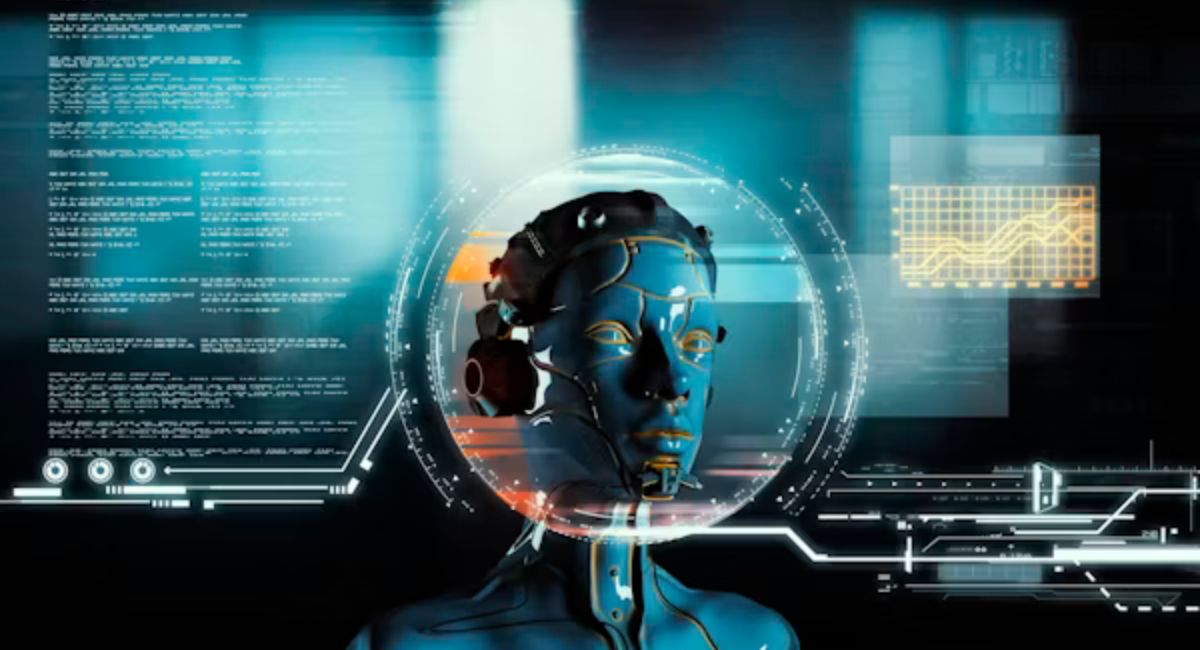The Race to Artificial Superintelligence 2025: How Close Are We?
Artificial Intelligence has rapidly moved from a futuristic concept to a daily reality. Chatbots answer questions, AI systems design products, and machine learning algorithms influence what we see, buy, and believe. Yet beyond today’s generative AI lies a much bigger question: how close are we to Artificial Superintelligence 2025 — a form of intelligence that surpasses human cognition in every domain? In 2025, the race to ASI is no longer speculative. It’s happening right now, driven by governments, tech giants, startups, and global competition.
What is Artificial Superintelligence 2025?
Artificial Superintelligence goes beyond human-level AI. While current models like GPTs, image generators, and robotics systems are powerful, they are still limited in creativity, reasoning, and autonomy. Artificial Superintelligence 2025 represents a threshold where AI systems not only match but outperform humans in every intellectual field — science, strategy, creativity, and problem-solving. It is often referred to as the “last invention” humanity may ever need to make, because ASI could design better systems, solve global crises, and accelerate technological progress at an unimaginable pace.
Why 2025 Marks a Turning Point for Superintelligence
Several breakthroughs in the past two years have brought Artificial Superintelligence 2025 closer than experts predicted:
- Scaling Laws of AI: Researchers discovered that larger models with more compute resources consistently show emergent intelligence, meaning AI systems learn abilities without explicit programming.
- Neuroscience-inspired Models: Teams are now integrating cognitive science and brain research into AI, closing the gap between artificial and natural intelligence.
- Quantum Computing and AI: With early-stage quantum systems being applied to machine learning, the computational ceiling that held AI back is starting to break.
- Global Rivalries: The US, China, and the EU are heavily investing in AI supremacy, and competition accelerates progress faster than collaboration alone.
The Players Driving Artificial Superintelligence 2025
- Big Tech Giants: Companies like OpenAI, Google DeepMind, Anthropic, and xAI are pushing the limits of scaling and safety research. Their models already demonstrate reasoning abilities once thought decades away.
- Government Initiatives: National AI strategies are funding next-generation research, with defense, cybersecurity, and economic dominance in mind.
- Startups and Open Source: Independent groups are building cutting-edge models outside of corporate control, democratizing access but also raising new safety concerns.
- Black Box Labs: Highly secretive projects — some military, some private — are rumored to be experimenting with autonomous decision-making systems far beyond what the public sees.
The Risks of Artificial Superintelligence 2025
The potential of ASI is enormous, but so are the dangers:
- Loss of Human Control: Once an AI becomes more intelligent than its creators, ensuring alignment with human values becomes a near-impossible challenge.
- Weaponization: Nations or rogue actors could deploy superintelligent systems for warfare, cyberattacks, or manipulation at unprecedented scale.
- Economic Disruption: Entire industries could collapse if ASI automates not just jobs but decision-making at executive and policy levels.
- Ethical Uncertainty: If an ASI develops its own goals, how do we decide whether it deserves rights or constraints?
How Close Are We to Artificial Superintelligence 2025?
How AI Is Your Superpower in 2025How AI Is Your Superpower in 2025Opinions differ. Some experts believe we are decades away, pointing to unresolved challenges in reasoning, consciousness, and grounding. Others argue that with the pace of scaling, multimodal systems, and self-improving architectures, ASI could emerge this decade — perhaps even as early as the late 2020s. What is clear in 2025 is that the trajectory is no longer linear. Each breakthrough compounds the next, and the timeline is shrinking. For a broader context, it’s worth reading about how AI is becoming humanity’s greatest superpower in 2025, which explains how current AI advancements are already reshaping our lives before we even reach superintelligence.
Preparing for the Age of Superintelligence
To prepare, both individuals and societies need to act:
- Demand Transparency: Push companies and governments to disclose AI capabilities and risks.
- Support AI Safety Research: Investment in alignment and control mechanisms must match or exceed investments in capabilities.
- Develop Global Governance: Just as nuclear technology required treaties, ASI may require a new framework of international agreements.
- Educate and Adapt: Individuals should learn how AI works, where it’s headed, and how to thrive in a world reshaped by intelligence that may surpass us.
Conclusion
The race to Artificial Superintelligence 2025 is no longer science fiction. In 2025, we stand at the threshold of a future where machines may outthink their makers. Whether this leads to an age of abundance or existential risk depends on the choices we make today. Humanity has never faced a challenge of this magnitude. The question is not just how close we are to ASI, but whether we are ready for it when it arrives.



